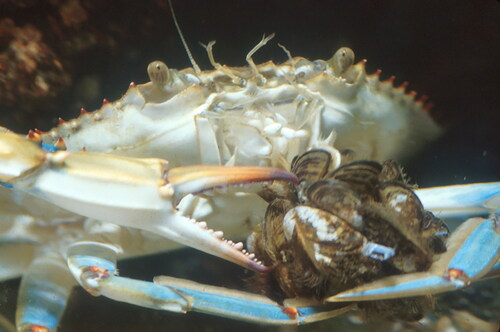Figures & data
Table 1. Fish documented in field studies in Europe (E) and North America (NA) as predators of planktonic Dreissena.
Table 2. Fish documented in field studies in Europe (E) or North America (NA) as predators of attached (i.e., juvenile and adult) Dreissena.
Table 3. Relationship between predation on attached (i.e., juvenile and adult) Dreissena and fish length and/or age in field populations.
Table 4. Seasonal changes in fish predation on attached (i.e., juvenile and adult) Dreissena: a reflection of preferred prey seasonal scarcity?
Table 5. Size of Dreissena consumed by fish.
Table 6. Impact of fish predation on Dreissena populations.
Table 7. Birds documented to eat Dreissena in the field and where predation was observed (E—Europe, NA—North America).
Table 8. Size of Dreissena consumed by birds.
Table 9. Crayfish species documented eating Dreissena.
Table 10. Endosymbionts including commensal (C) and parasitic (P) reported from attached Dreissena polymorpha and D. r. bugensis populations in Europe.
Table 11. Endosymbionts reported from the attached Dreissena polymorpha and D. r. bugensis populations in North America.
Figure 2. Ciliates from Dreissena spp.: A, Conchophthirus acuminatus; B, Conchophthirus klimentinus (both adapted from Raabe Citation1971); C, Sphenophrya naumiana; D, Sphenophrya dreissenae (both adapted from Raabe Citation1966); E, Hypocomagalma dreissenae (adapted from Fenchel Citation1965); F, Ancistrumina limnica (adapted from Raabe Citation1947); G, H, trophont and theront of Ophryoglena hemophaga (adapted from Molloy et al. Citation2005).
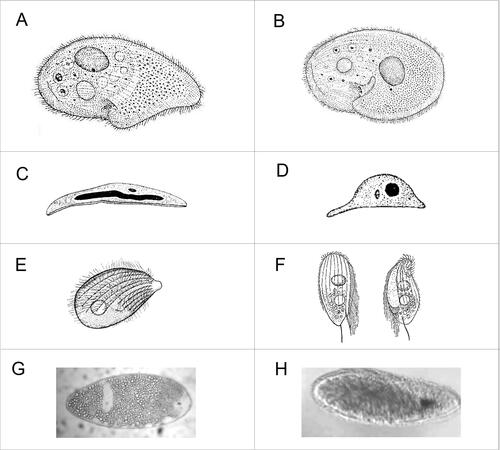
Figure 3. Hypothetical life cycle of Ophryoglena hemophaga (adapted from: Canella and Rocchi-Canella Citation1976; Morton Citation1993; Owen Citation1955; Thorp and Covich Citation1991). In laboratory studies (Molloy et al. Citation2005), (1) the presence of “trophonts” (the feeding stage) was repeatedly observed in the ducts of the digestive gland (right image); (2) well-fed trophonts were subsequently commonly found to have recently emerged as “protomonts” from infected D. polymorpha (left image), but it is unknown if they emerged via the exhalant siphon (as pictured) or the inhalant siphon; (3) likewise, protomont encystment into the “tomont” stage, followed by “tomite” production within the tomont, followed by the exit of these tomites from the cyst as free swimming “theronts” was also commonly observed, but it is unknown if these theronts immediately initiate reinfection by entering through the inhalant siphon (as pictured) or possibly go through another encystment-tomont-tomite-theront production cycle again outside the mussel before initiating infection again.
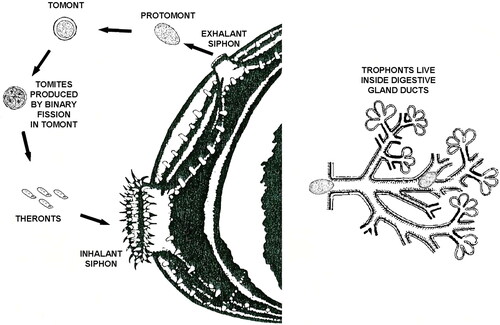
Figure 4. Life cycle of Bucephalus polymorphus (adapted from Molloy et al. Citation1997).
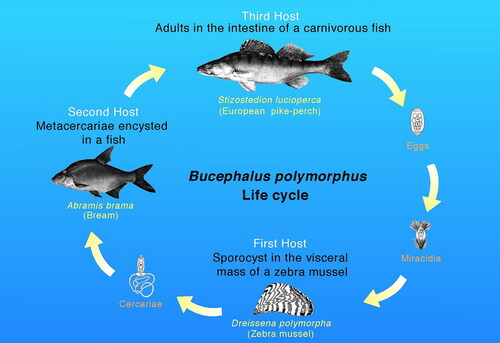
Figure 5. Life cycle of Phyllodistomum macrocotyle (adapted from Molloy et al. Citation1997 with information in Petkevičiūtė et al. Citation2020).
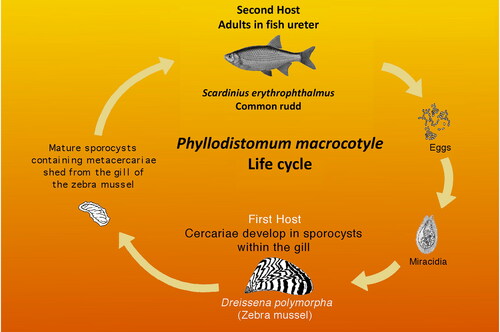
Figure 6. Sporocysts (yellow bodies) within the gills of a Phyllodistomum sp. in Dreissena carinata from Lake Ohrid, Republic of North Macedonia (Credit: D. P. Molloy).
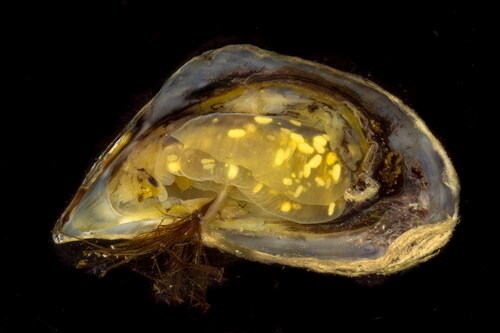
Figure 7. Life cycle of Echinoparyphium recurvatum (adapted from Molloy et al. Citation1997).
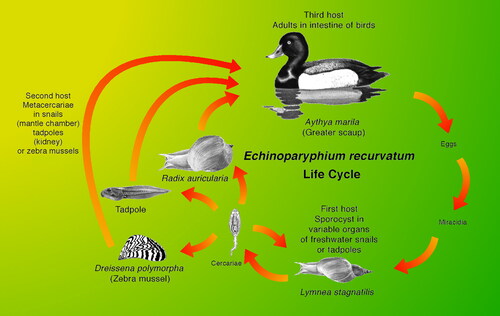
Figure 8. Histological section of advanced infection with the haplosporidian Haplosporidium raabei in gill of Dreissena polymorpha (adapted from Molloy et al. Citation2012).

Table 12. Competitors of Dreissena spp. reported from Europe (E) and North America (NA).
Table 13. Total number of Dreissena spp. natural enemies recorded in Europe and North America according to Molloy et al. (Citation1997) and current study (2022).

